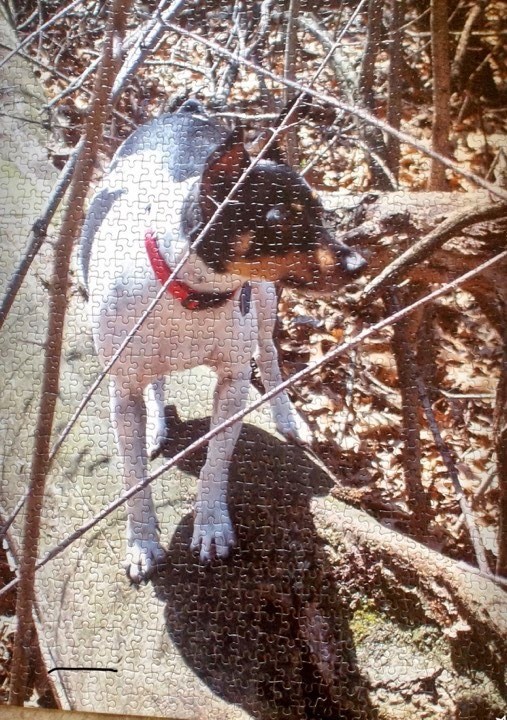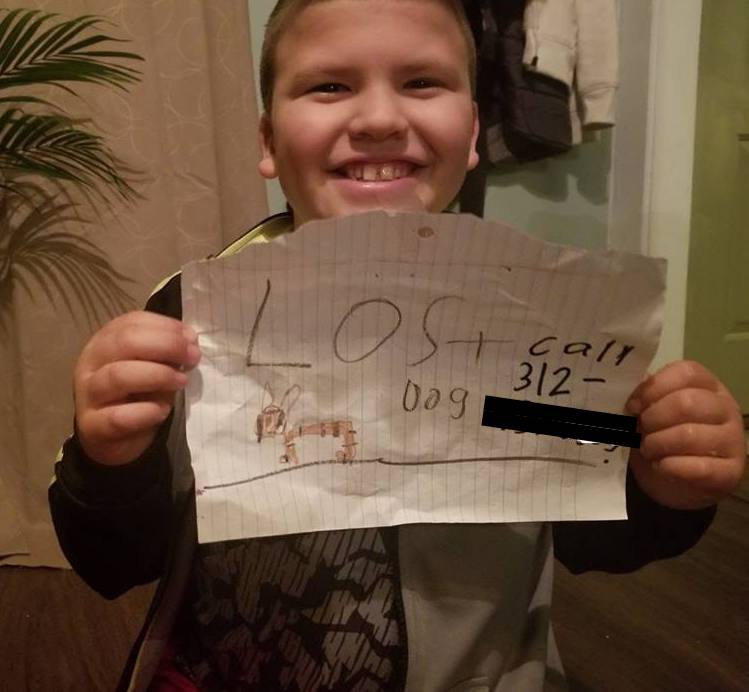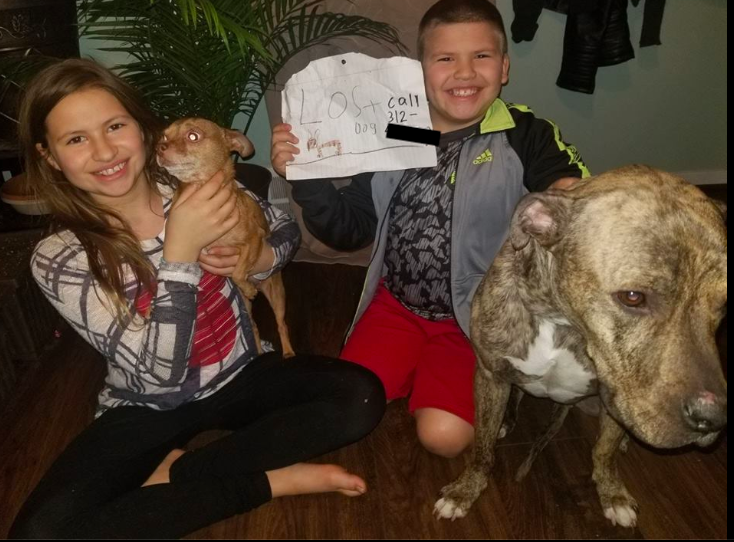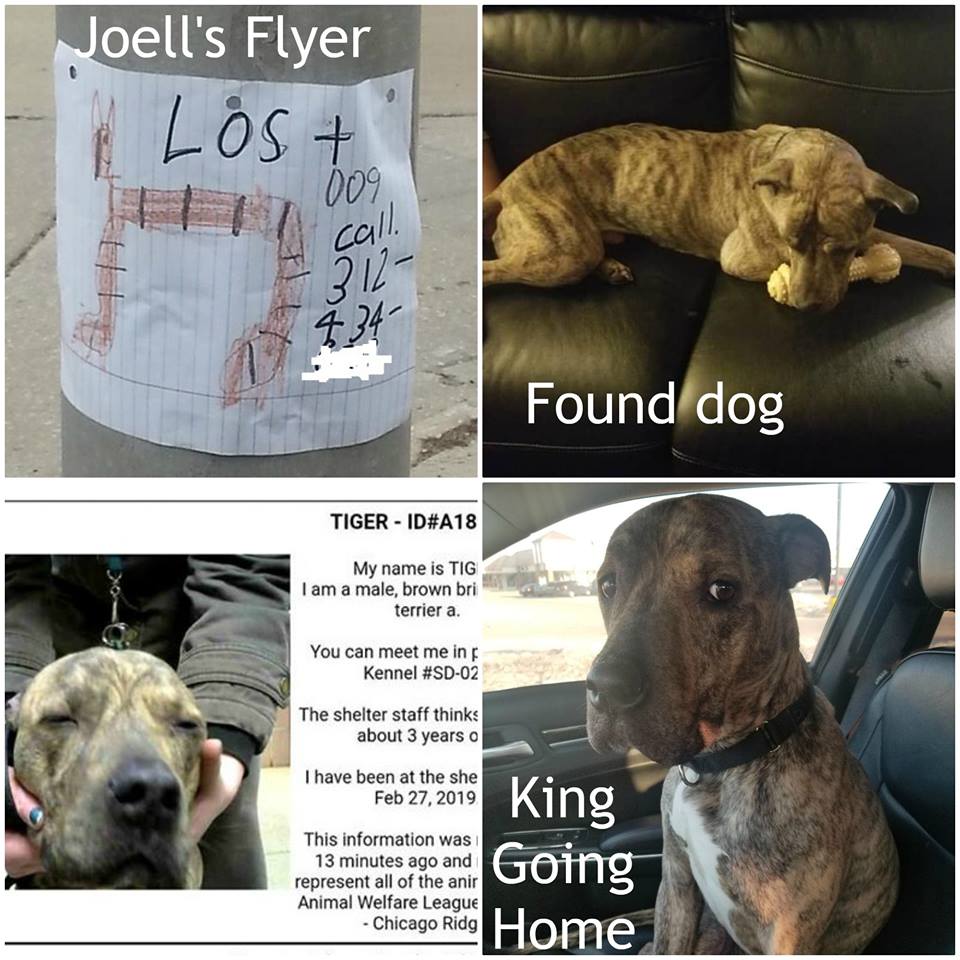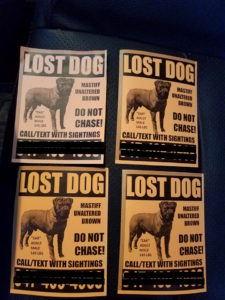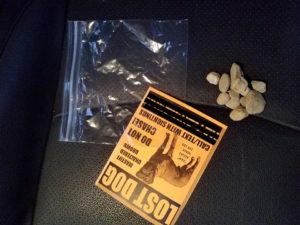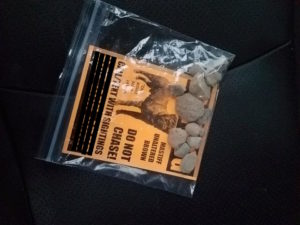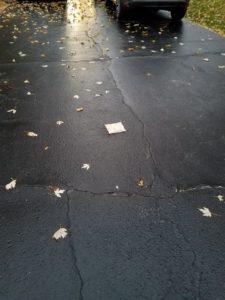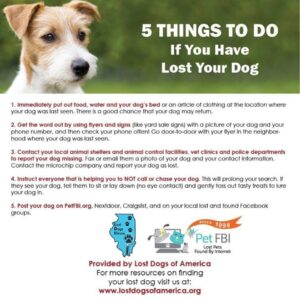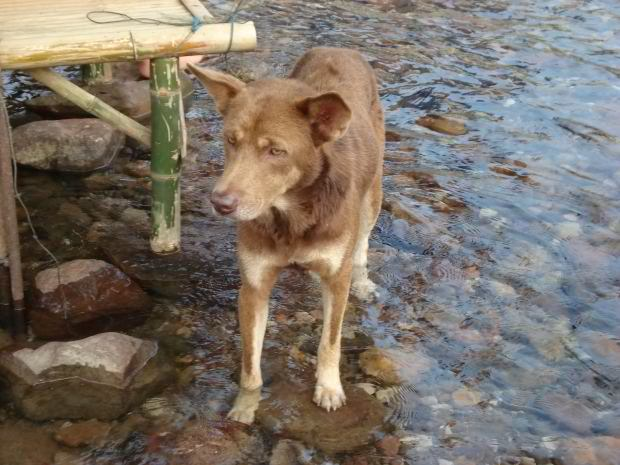
A few weeks ago a major news network ran a very heartwarming story about a lost dog named Meadow who was found by a commercial drone operator. It caused a flurry of discussion and brought renewed hope to lost dog owners who thought using a drone was going to be the answer to finding their dog. Although drones may be a useful tool in a few exceptional cases (like Meadow’s) they are less likely to produce sightings and leads than the good old fashioned flyers and signswhich we still recommend first and foremost.
Hand delivering flyers is the number one way lost dogs are found. The best chance of success is to have as many sets of eyes looking for your dog over the largest area possible. A drone operator is one set of eyes within a very limited area.
There are a few things that we would like you to consider before you rush out to buy/borrow a drone or hire a drone operator.
- Is the dog friendly or shy? Meadow, from the story, was a friendly dog who immediately went up to the drone operator when he went to the location. Shy dogs would probably flee and may even panic and run into danger such as onto a busy highway or into a lake or river. Even if the drone spots your dog you may still require a lengthy process to capture him. Be prepared to set up a feeding station and a humane trap.
- What color and size is the dog? Meadow was a large white dog. She was fairly easy to spot against the dark fallen leaves on the ground. A smaller or darker colored dog would have been easily missed. Meadow may have been missed if there was snow on the ground.
- What is the vegetation like? Lost dogs usually prefer to use evergreen trees for cover. Meadow was lost in a deciduous forest in the fall after the leaves had fallen which made her easier to spot. During the spring or summer she would not have been seen. If it was a mixed forest (evergreens and deciduous trees) it is highly unlikely she would have been seen. And of course, dogs hiding under likely spots – under old machinery, boats and cars, in sheds, under porches and decks would not be seen by the drone.
- Is the drone operator experienced with the proper licensing, permits and training? Make sure you know the regulations in your area. You may face hefty fines for flying a drone over private property, over national parks or in FAA controlled space. Get the landowner’s permission before flying over private property. Drones hovering for any length of time or flying at a low altitude may be considered an invasion of privacy in some municipalities.
- Is the quality of the drone good enough to do the job that you need it to do? Cheaper recreational drones may be a waste of time, money and effort. That money and effort could have been spent on flyers and signs which are much more likely to produce results.
- Is the drone operator experienced in lost dog behavior? We would like to point out that the drone operator who went out to search for Meadow did so on his own accord after seeing her story on the internet. Although his intentions were good, this could have ended very differently if Meadow had been scared by either the drone or the operator. Make sure that you, the owner, stay in control of the situation. Never post an exact sighting location on the internet and ask people to contact you first if they want to help. Encourage them to assist with flyering and signs instead of searching, either on foot or by drone without your permission.
Carefully consider your budget and your situation before placing all of your eggs in the drone basket. Spend your money and your efforts where you are the most likely to get the sighting or lead of your missing dog. You can print a lot of flyers, make signs and run newspaper ads for less than you may spend on a drone. Remember, your dog is relying on YOU and your good choices to help bring him safely home.
12/08/2020


